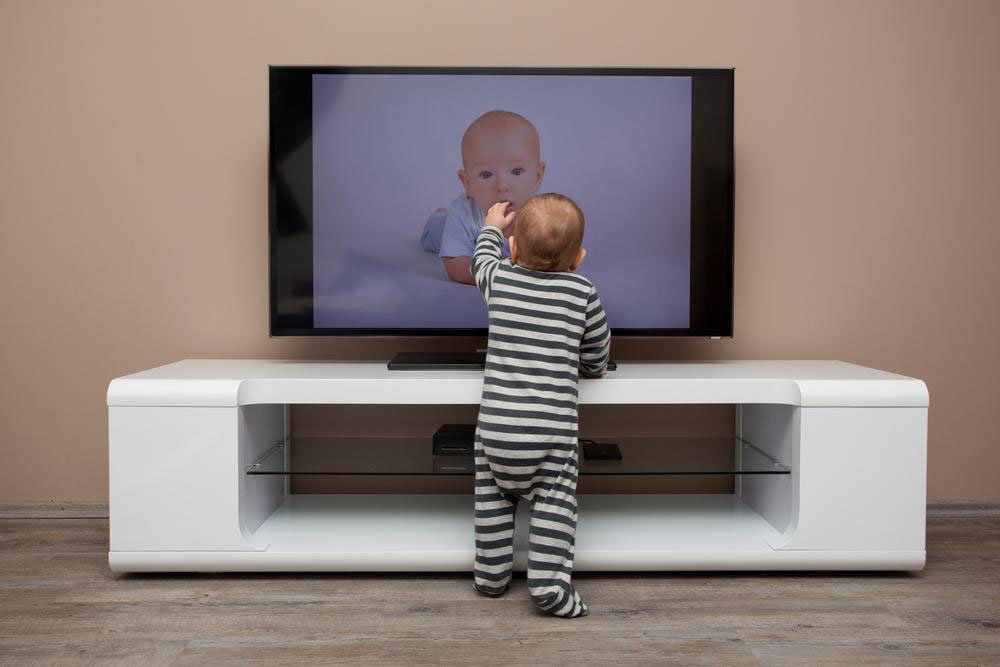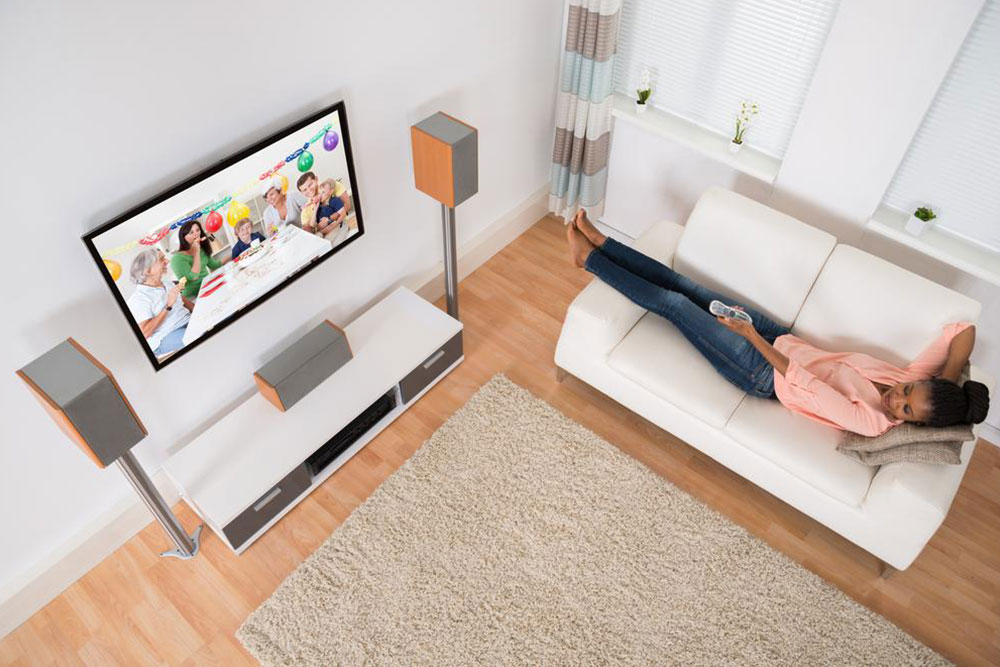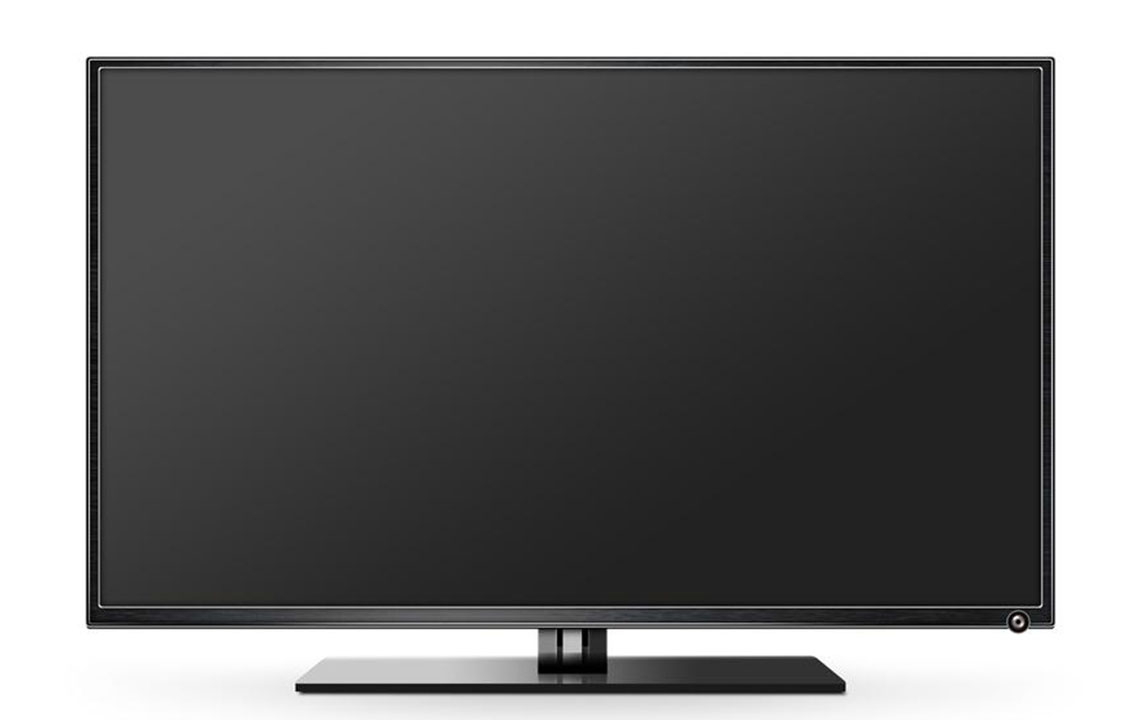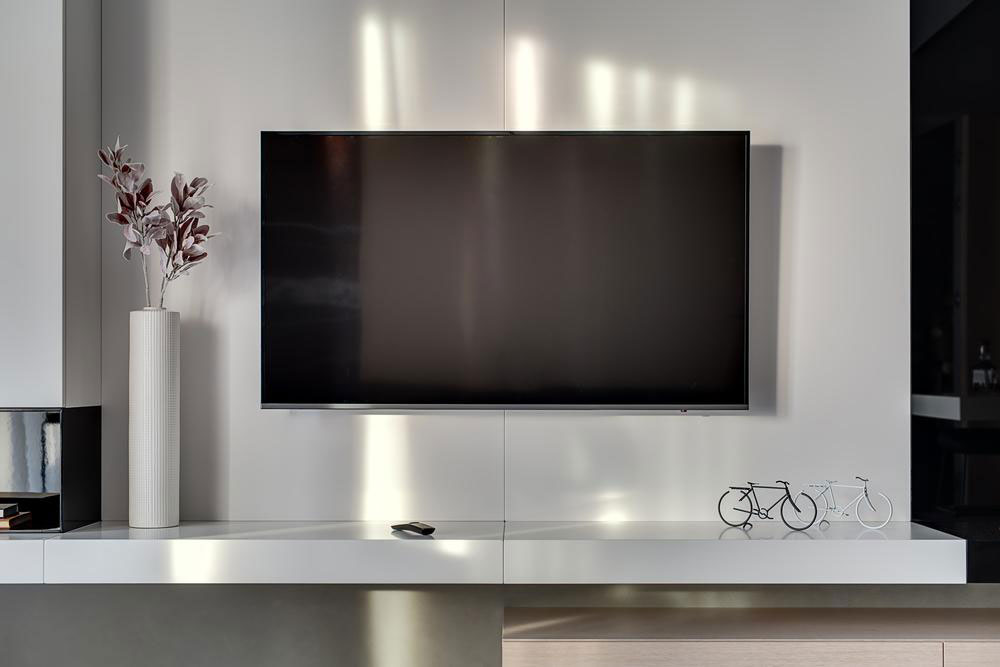Understanding TV Resolution: What You Need to Know Before Buying
Discover essential information about TV resolution, including types, aspect ratios, and factors influencing picture quality. This guide helps you understand how to choose the perfect television based on resolution, screen size, and viewing distance, ensuring an optimal viewing experience for your home. Make informed decisions to find a TV that offers clarity, detail, and great visuals tailored to your space and preferences.

Understanding TV Resolution: What You Need to Know Before Buying
Choosing the right TV involves careful consideration of many features, with resolution being a crucial factor. A high-quality resolution ensures sharp, clear images, enhancing your viewing experience.
Modern LED TVs utilize liquid crystal layers sandwiched between glass panels, resulting in superior resolution compared to traditional LCDs.
LED TV Fundamentals LED screens are crafted by stacking liquid crystals between glass layers, offering better resolution clarity than LCDs.
What is Resolution? Resolution refers to the pixel count across the screen, determining how detailed the picture appears.
This is called native resolution, which indicates the actual pixel dimensions of the display.
Display Aspects The display size is measured in height x width. Fixed pixel displays have a set number of pixels, and content is shown in native resolution. Low-resolution signals are scaled up to fit the screen, which may affect clarity.
Aspect Ratio Aspect ratio indicates the proportional relationship between width and height. Common ratios are 4:3 for standard screens and 16:9 for widescreens.
Two main types of scanning impact image rendering: interlaced and progressive. Scanning methods are often indicated by the letters "I" (interlaced) and "p" (progressive).
Scaling and Compatibility When source resolution differs from native resolution, the TV scales the image accordingly. For example, a 1080p movie viewed on a 720p TV will be downscaled.
Why Resolution Matters When selecting a TV, resolution should be a priority. Factors such as screen size and viewing distance greatly influence picture quality.
Screen Size Considerations Larger screens reveal more detail, requiring higher resolution to maintain clarity. Conversely, low source quality on big screens can diminish the viewing experience.
Viewing Distance Closer viewing positions enhance perception of sharpness and details, especially on higher resolution screens.
Research thoroughly to choose the best TV that fits your needs and preferences.
Note: Our blog shares diverse and valuable insights based on thorough research. However, readers should treat articles as informational, not definitive. We are not responsible for data discrepancies or inaccuracies. Also, keep in mind that available deals or offers may differ from those mentioned here.










